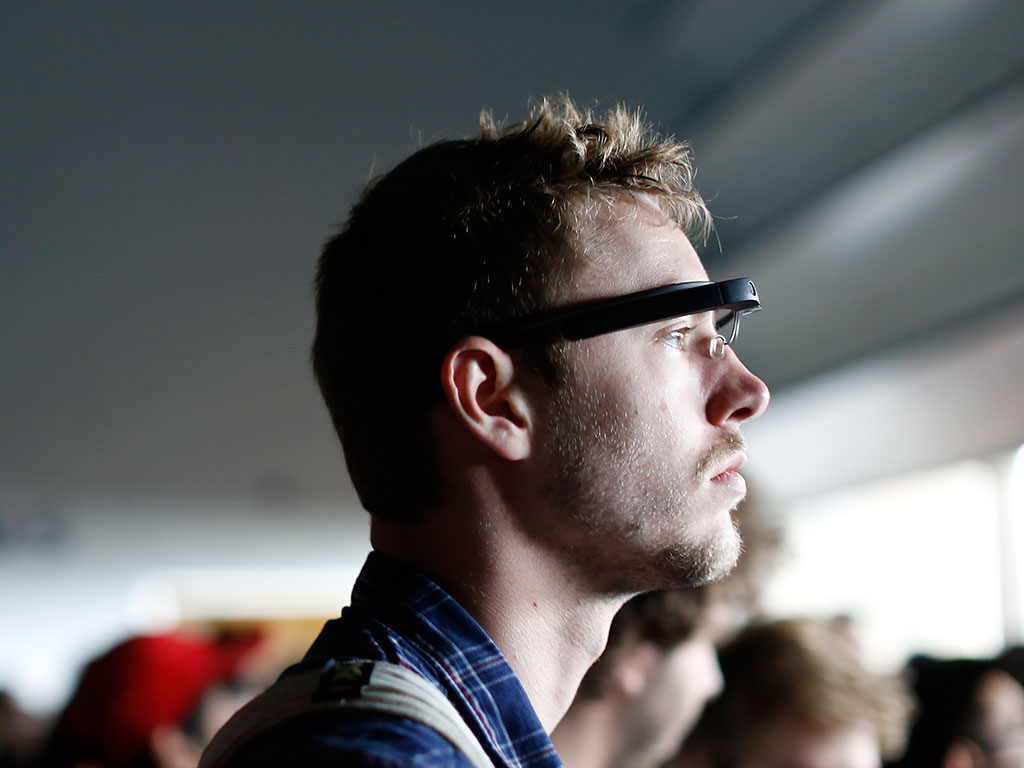Google hits Glass ceiling
Google has announced it is shelving its current version of Google Glass as the tech giant shifts its focus to Glass at Work – a wearable designed for use in business

It’s the wearable device everyone’s been talking about, but Google Glass, which brings messages, calls and news to the eyeballs of its wearers, is being withdrawn from production on January 19.
The tech giant announced its decision in a Google Plus statement, declaring that the ‘Explorer’ programme under which Google Glass launched was being halted. According to the company the wearable was initially intended just as a prototype to test the waters. “We began the Glass Explorer Program as a kind of “open beta” to hear what people had to say”, Google said in the statement. The device launched in the US in 2013 and the UK in June 2014.
Google could now turn a corner and overcome the mistakes it might have made in the past
According to the company, Glass at Work – which aims to bring the uses of a smartglass to the business world – is fast developing and as a result is “graduating” from the Google[x], labs. Operating as incubators for the initial development stages, Google[x] was the place of birth for the likes of Google Brain, which later graduated to the ‘Knowledge’ team.
“We’re continuing to build for the future, and you’ll start to see future versions of Glass when they’re ready”, Google said. The new smartglasses will be developed in a separate division managed by Ivy Ross, who has led the team thus far. Tony Fadell, CEO of Nest Labs – the smart heating company acquired by Google in early 2014 for $3bn – will oversee the project.
But some are skeptical of Google’s positive spin on the announcement. Among those is senior computing lecturer at the University of Central Lancashire, Nicky Danino, who believes Google made a blunder in putting the Glass Explorer Edition on shelves so quickly. “It’s patently obvious that Google released this product before it should have”, he told The Telegraph. “In my opinion, Google should have kept this project under wraps for longer and waited to release when it was more reliable, and had other uses.”
The device had a hefty price tag – £1,000 in the UK and $1,500 in the US – limiting its reach to a relatively niche market – namely the tech-obsessed – and its uses were further restricted when Twitter and other key players halted the development of their Google Glass apps a few months later. In July 2014, just a month after its UK launch, two Google Glass executives left and key developer Babak Parviz departed to become Amazon’s Vice President.
There were also fears over safety and privacy, with some San Francisco bars banning the glasses following reported assaults on Google Glass wearers. Others were concerned about users being able to secretly snap photos and videos.
But with its apparently more targeted, business-focused approach, Google could now turn a corner and overcome the mistakes it might have made in the past. With the general trend pointing towards a sharp rise in wearable electronics, it’s unlikely smart glasses are going away for good – Sony showcased its own version at CES 2015 with a prototype device that could be attached to ordinary glasses to make them smart. Where the smartglass revolution goes from here remains to be seen, but it seems that budding users will have to wait a little while longer than anticipated to find out.













